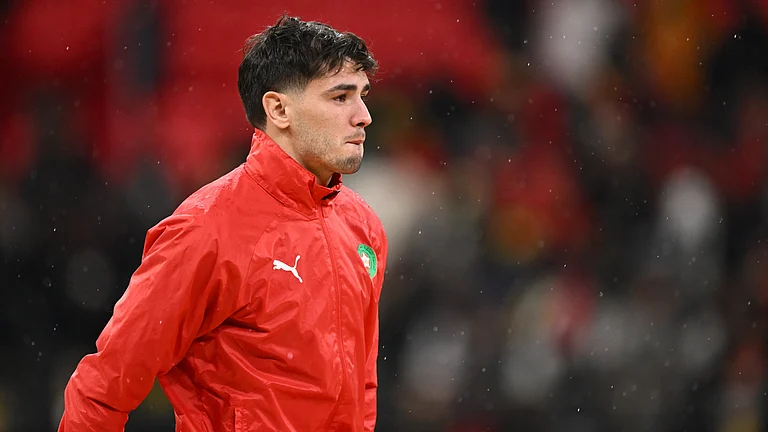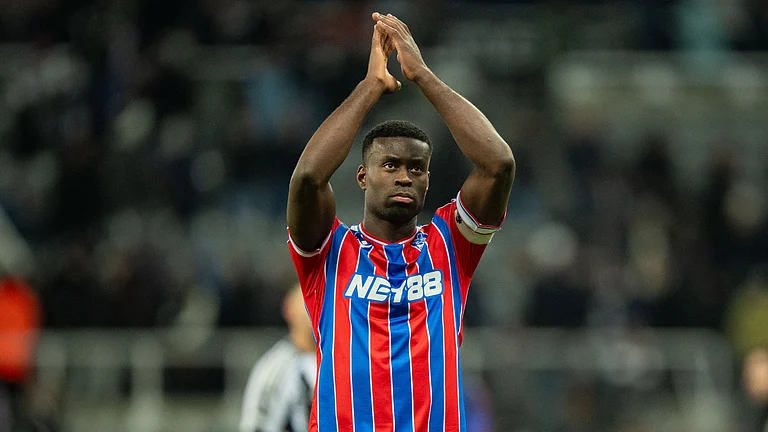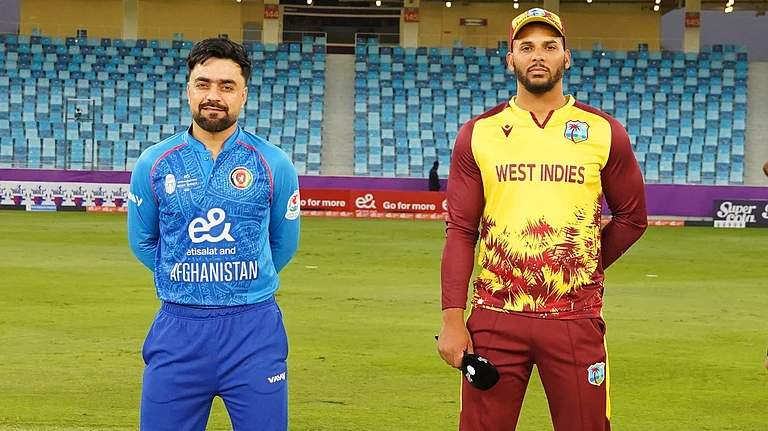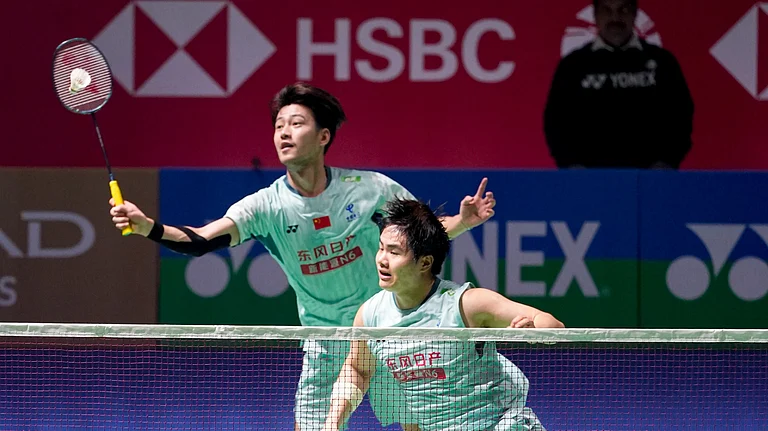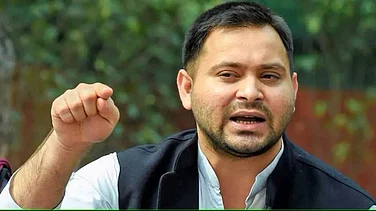“Believe nothing you hear and half of what you see.” - Edgar Allan Poe
Lately, there has been a growing concern around the misuse of artificial intelligence (AI)-based deepfake technology. Little understood by laypersons, this new-age technology, essentially used to create morphed videos, has made many curious but others wary, for a lot of people have been caught in an everyday battle of trying to filter the real from the fake.
Netflix’s sci-fi sensation Black Mirror had delved into the dark side of AI in its season six, addressing the chilling reality of deepfake misuse in the field of entertainment. In an episode titled “Joan Is Awful”, Hollywood actor Salma Hayek had sold her digital image to ‘Streamberry’ in a contract she signed, allowing it to be used in AI-generated programming, aka deepfake, that, in turn, ruined Joan’s life.
While the world we are living in is still a slightly better place, the concerns around the abuse of deepfake are genuine. Deepfake has made its way into the entertainment and advertising agency for a few years now. But with more advancements in AI, the lines between the real and the digitally made are getting blurrier.
Some usage of AI and deepfake technology are completely harmless and done with consent of the real person, for instance, Val Kilmer’s voice in Top Gun 2 or the reimagining of Sly Stallone as The Terminator by a YouTube channel called Ctrl Shift Face. Similarly, the technology has been recently used in several Indian advertisements for good.
How Indian Advertisements Are Using Deepfake
Recently, Zomato launched a hyper-localised advertisement seemingly showing actor Hrithik Roshan craving certain dishes from popular restaurants in different cities. The catch here is that Hrithik Roshan is not actually in the ad. The ad, made by the creative agency Enormous Creative and powered by Gan.ai, uses AI to identify top dishes and restaurants based on the viewer’s GPS from their phone. AI learns the protagonist’s speech patterns and facial expressions and then alters the speech output based on the viewer’s location.
The food delivery company’s ad followed a 2021 Cadbury advertisement during the pandemic to address one of the biggest problems that year – loss of jobs and incomes. Starring “India’s biggest brand ambassador” Shah Rukh Khan, the ad aimed at helping local store owners across India who took a big hit due to the pandemic.
It allowed anyone to create an ad for their local store and use the face and voice of Shah Rukh Khan to promote their brand without spending a penny on endorsements. Mondelez, the parent company of Cadbury, won multiple titles at the Cannes Lions Festival of Creativity – including India’s first-ever Titanium Lion for its innovative AI-made ad.
Multinational conglomerate ITC also recently partnered with AI creative company Akool to launch a #HarDilKiFantasy ad campaign for its biscuit brand Sunfeast Dark Fantasy where participants could share the screen with Shah Rukh Khan.

Another ad using deepfake was launched by Pepsi showing actor Salman Khan face-to-face with his ‘Maine Pyar Kiya’ character Prem to build the narrative.
Ageas Federal Life Insurance also used deepfake in an ad campaign featuring former Indian cricketer Sachin Tendulkar where it showed the former Indian capitain as an 11-year-old kid, using the AI technology.
Where To Draw The Line?
The technology recently made headlines when a deepfake video of actor Rashmika Mandana went viral on social media earlier this month. A user pointed out the exact moment where one can identify when the original person’s image changes to Mandana’s face in the video.
Earlier this month, Hollywood actor Scarlett Johansson decided to take legal action against an AI app that reportedly used her name and an AI-generated version of her voice in an advertisement without her permission. According to Variety. the ad featured images of Johansson and an AI-generated voice similar to hers promoting the app but the fine print displayed under the ad stated that the content “has nothing to do with this person.”
Last month, Bollywood actor Anil Kapoor fought a case in the Delhi High Court to safeguard his identity against websites that were using his deepfake without his consent. The court not only protected his ‘personality rights’ but also recognised the misuse of AI to create deepfakes and obscene videos.
Earlier this month, IT Minister Ashwini Vaishnaw has even announced that the government is drafting a set of regulations to tackle the misuse, terming deepfakes as a new threat to democracy. “Social media platforms agree that a clear actionable work is needed to detect and prevent deepfakes, and strengthen reporting,” he said.
As time goes by, the AI technologies for deepfake will only get better, creating bigger legal and ethical questions. So, how much is too much and where does one draw the line?







